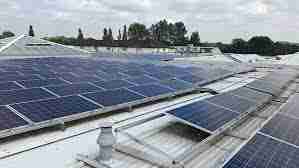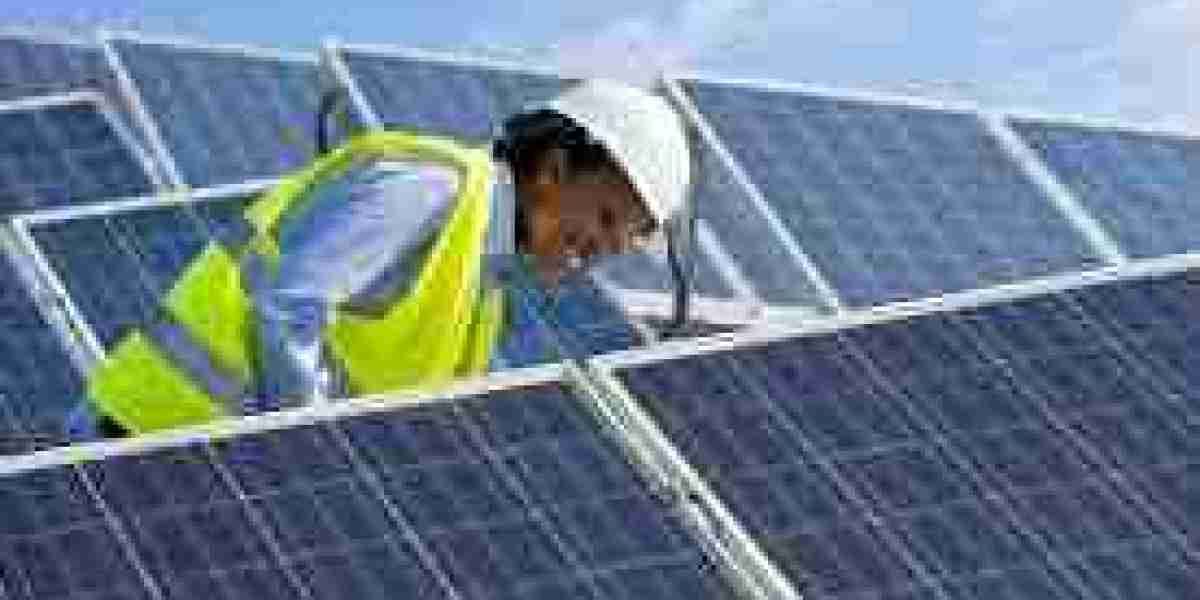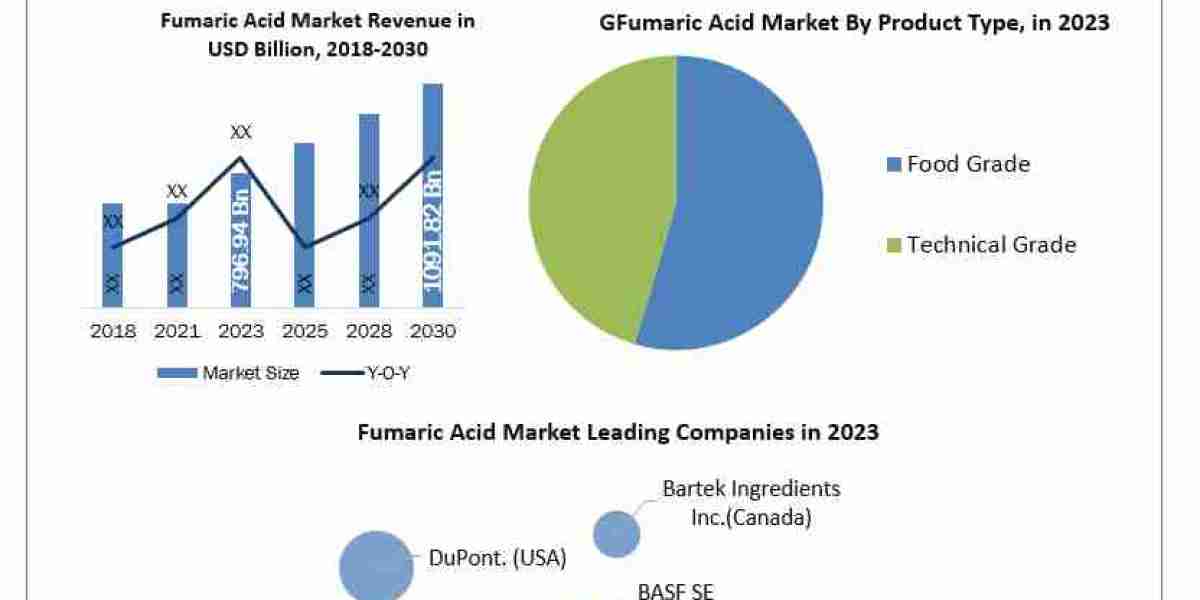The solar photovoltaic installations market has evolved from a niche renewable segment into a cornerstone of global energy infrastructure. With falling costs, rising efficiency, and a growing urgency to transition toward low-carbon power sources, the development of solar PV systems is moving at an unprecedented pace. Driven by innovation, investment, and increasing public and private sector support, this market is undergoing transformative growth that is expected to reshape global electricity generation in the coming decades.

Historical Perspective and Market Evolution
The development of solar photovoltaic technology dates back to the 1950s, but large-scale commercial installations only gained momentum in the 2000s. Initially, the high cost of production limited widespread adoption. However, over the last two decades, consistent advancements in solar cell technology and the scaling of manufacturing—especially in China—have drastically reduced costs and improved access. From rooftop systems for individual homes to gigawatt-scale solar parks, solar PV has become one of the fastest-growing sources of electricity worldwide.
As of 2024, solar PV accounts for over 30% of new global power capacity additions annually, and projections indicate continued double-digit growth well into the 2030s.
Technological Developments Driving Growth
Technological innovation has been central to market development. The transition from polycrystalline to monocrystalline panels has significantly improved energy conversion efficiency. Modern modules can now reach efficiency levels above 22%, making them far more effective in terms of space and power yield.
Emerging technologies include:
Bifacial solar panels: These generate power from both sides, increasing total output by 10–20%.
Perovskite cells: These lightweight, flexible, and inexpensive cells are showing promise in achieving high efficiency at lower manufacturing costs.
Thin-film technologies: These allow for integration into buildings and vehicles, expanding the applications of solar PV beyond traditional settings.
In addition, advancements in smart inverters, AI-based monitoring systems, and automated cleaning robots are improving reliability and minimizing maintenance costs across all types of solar installations.
Policy and Regulatory Support
Government support remains a vital driver in the development of solar PV markets around the world. Countries are using a combination of incentives, mandates, and infrastructure programs to stimulate solar adoption.
Key policy mechanisms include:
Feed-in tariffs and net metering that guarantee payments or credit for excess solar electricity fed into the grid.
Investment tax credits (ITC) and production-based subsidies that reduce upfront costs.
Renewable portfolio standards (RPS) mandating utilities to source a certain percentage of their power from renewables.
Land allocation programs and streamlined permitting for utility-scale projects.
Regions like the U.S., European Union, India, and Australia have created long-term solar development roadmaps that align with national climate goals, creating a stable foundation for market expansion.
Infrastructure and Grid Integration
A major focus of recent market development has been the integration of solar power into national and regional grids. As solar becomes a more significant share of total generation, grid modernization has become essential.
Investment in the following areas is gaining traction:
Smart grids that can manage variable renewable inputs.
Battery storage systems that stabilize supply and allow solar to be used during non-sunlight hours.
Decentralized solar and microgrids in remote or under-electrified areas, particularly in Africa and Southeast Asia.
These infrastructure enhancements are enabling higher penetration of solar power, reducing dependence on fossil fuels, and improving energy security.
Emerging Business Models and Financing
As solar PV becomes more accessible, innovative business models are expanding its reach:
Pay-as-you-go (PAYG) systems are helping rural consumers in Africa and Asia access solar energy with minimal upfront costs.
Solar leasing and power purchase agreements (PPAs) are making solar affordable for commercial and industrial users.
Community solar projects allow multiple households or businesses to share a solar facility, democratizing access to clean energy.
Green finance and climate funds are increasingly being directed toward solar PV, with institutional investors, development banks, and private equity firms recognizing its long-term growth potential and sustainability value.
Regional Development Highlights
Asia-Pacific leads the market with China, India, and Australia at the forefront of both manufacturing and installations.
North America is experiencing rapid residential and commercial growth, especially in the U.S., supported by federal policies and tax incentives.
Europe is focused on rooftop solar, urban integration, and smart grids to meet ambitious decarbonization targets.
Middle East & Africa are emerging markets, where high solar irradiance and international funding are accelerating off-grid and utility-scale deployment.
Conclusion
The solar photovoltaic installations market is witnessing dynamic development, fueled by continuous innovation, supportive policy frameworks, and increasing demand for sustainable energy. From rural off-grid systems to large utility-scale solar farms, the market is becoming more diverse, inclusive, and future-ready. As technology matures and infrastructure adapts, solar PV is set to become a dominant force in global energy production. Stakeholders that invest in long-term strategies and align with evolving market developments will be well-positioned to lead the clean energy revolution.




